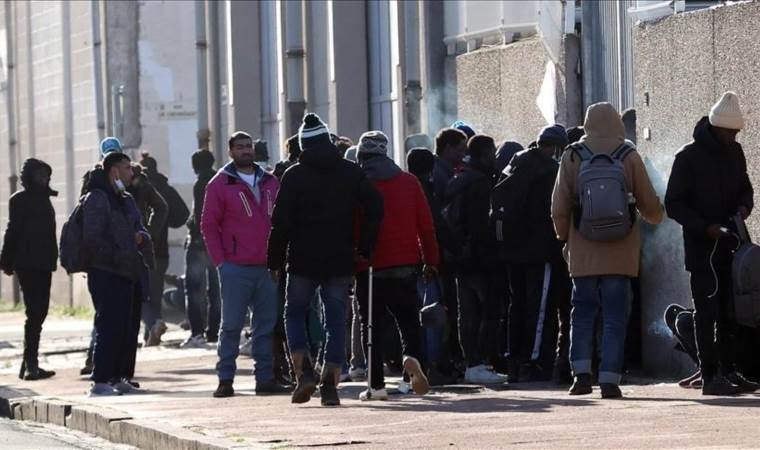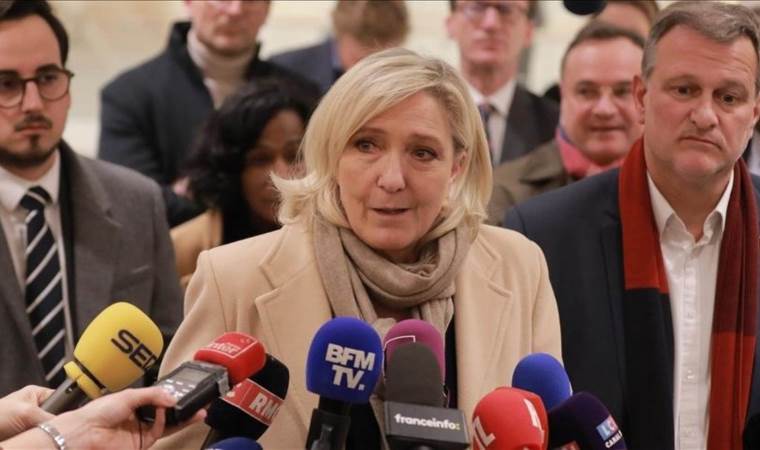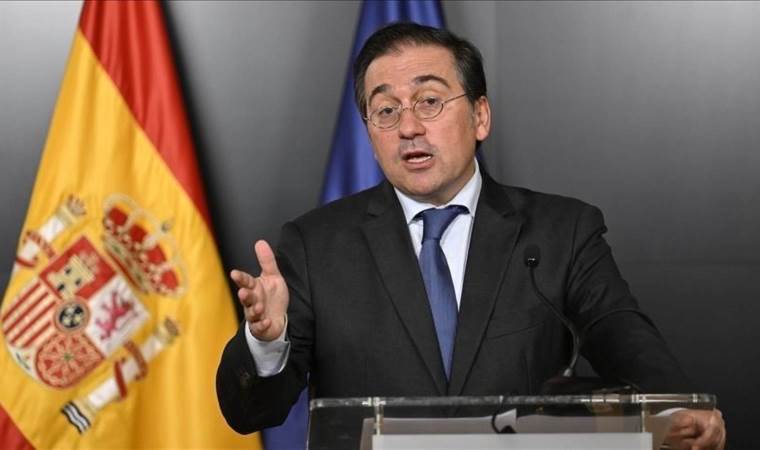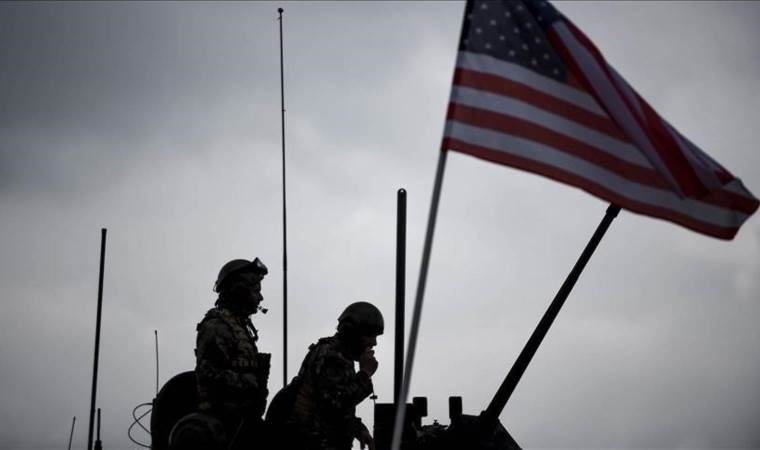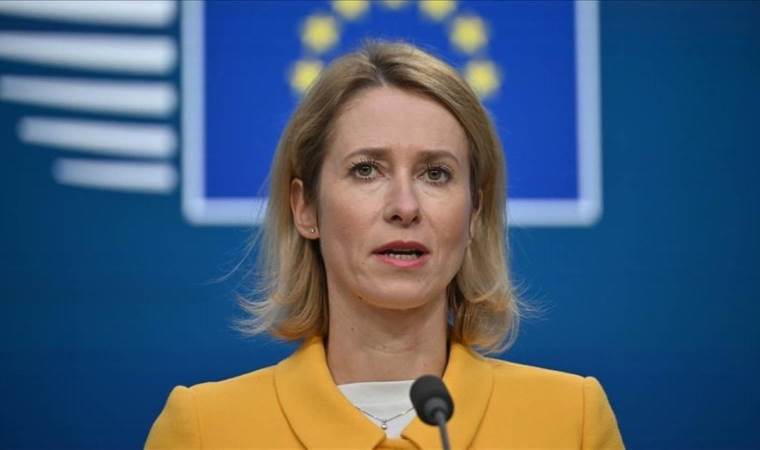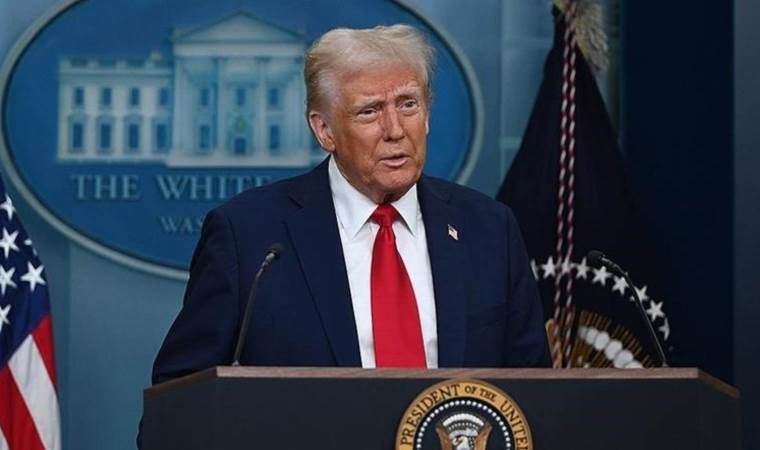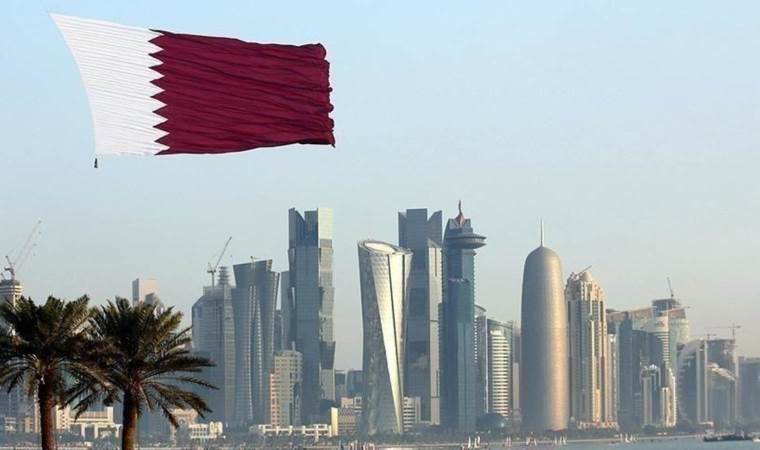Authors Columns of the Day Sport Guest Life All Authors
Two cases: A glimpse into our judicial system
One is the case of the murder of Associate Professor Dr. Sinan Ateş. The second part of this case, where Ateş, the former chairman of the Ülkü Ocakları, was killed in broad daylight, was heard last week. The defendants changed their defense from the first hearing. They now claim, “We didn’t intend to kill him. He had a debt. We aimed at his legs to warn him. We later learned he died.” The case has been postponed to July 19.
The other case is that of Osman Kavala, which has been ongoing for about seven years. Kavala's detention continued throughout this period, with the charges against him changing over time. Eventually, he was sentenced to life imprisonment for attempting to overthrow the Turkish government “by force and violence.” The outcome of the appeal to the European Court of Human Rights is awaited, and a “review for the benefit of the law” request is also on the Justice Minister's desk.
What are the evidences of this charge of attempting to overthrow the government “by force and violence”? Are there seized plans? Confessions from members of the supposed “organization”? Or other statements? Is there any risk of Kavala tampering with these “evidences,” which justifies his continued detention?
As I have previously mentioned, those who know Kavala are aware that he is one of our most esteemed intellectuals. He has no interest in overthrowing the government, nor does he have any means to engage in violent activities.
During earlier stages of his prosecution, participating in or observing demonstrations supporting the Gezi Park protests was considered a crime. This is one of the fundamental rights and freedoms every citizen is entitled to from birth. Although some of our politicians may still not recognize this fact, all our jurists should be well aware of it.
In summary, in the first phase of the murder case in our court, the defendants, who were accused of committing and aiding the murder, changed their statements in this new phase. They now argue that the murder resulted from a “debt dispute” and that their intention was merely to fire warning shots at his legs to prompt him to repay his debt. They claim they never intended to kill him and had no idea the shot could result in death.
The courtroom testimonies, which were reflected in the media, portrayed a scenario suggesting that the victim was at fault, implying that instead of just being injured, he chose to die.
Osman Kavala’s case saw charges shift over time, shaped by prosecutors’ indictments. Initially labeled as a “Gezi suspect,” Kavala later faced accusations of plotting a coup. His continued detention depended on which charges were deemed plausible at the time.
I have occasionally touched upon this issue, and today I will summarize: It would benefit newspapers, television channels, and other media outlets to dedicate more space to significant court hearings. Especially in this period, the problems in our legal and justice system have increased.
Of course, there is this reality: Nowadays, it is becoming increasingly difficult to follow court hearings. It is not easy for the press to work inside courtrooms. Filming is prohibited. (This is also the case in some other countries, but in some places, sketches by journalist-artists partially recreate the scenes. More importantly, significant portions of the testimonies can be published verbatim. The Q&A dialogues involving the court panel, lawyers, defendants, and witnesses can be conveyed. Although these transcripts can be published and made available over time, there is a growing segment of the public eager to follow these publications in real-time.)
Additionally, who are these defendants, witnesses, judges, prosecutors? Especially the names of those who vote for or against multi-signature decisions are of interest.
However, the ability to follow hearings and know the opinions of those involved is a requirement of the rule that court hearings should be public, similar to the commission or general assembly proceedings in Parliament. It is one of the conditions of being a democratic state.
Over time, in some court cases, the opposite of this rule has been applied. Some witnesses can be heard under the “secret witness” procedure.
The reason I touch on the issue of transparency in the functioning of justice is this: Today, it is essential to see and learn about what is happening in our country regarding “law and justice” for future generations. And this will contribute to evaluating how and why positive developments and negativities in the field of “law and justice” have emerged. It is crucial for seeking ways to increase positive developments and reduce negativities over time.
Yazarın Son Yazıları All Columns
Günün Köşe Yazıları
Most Read News
-
 British premier says 24,000 migrants removed from UK sin
British premier says 24,000 migrants removed from UK sin
-
 French presidential hopeful Le Pen barred from seeking o
French presidential hopeful Le Pen barred from seeking o
-
 Russia says it began talks with US on rare earth metals
Russia says it began talks with US on rare earth metals
-
 Spain to push for use of frozen Russian assets to fund U
Spain to push for use of frozen Russian assets to fund U
-
 Vehicle of missing US soldiers recovered from swamp in L
Vehicle of missing US soldiers recovered from swamp in L
-
 EU foreign policy chief calls on US to put more pressure
EU foreign policy chief calls on US to put more pressure
-
 Italy’s demographic crisis deepens, new data show
Italy’s demographic crisis deepens, new data show
-
 Trump calls repeated coverage of Signal leak story ‘old
Trump calls repeated coverage of Signal leak story ‘old
-
 Qatar faces international scrutiny over human rights vio
Qatar faces international scrutiny over human rights vio
-
 Khamenei warns of ‘firm retaliation’ to any ‘external ag
Khamenei warns of ‘firm retaliation’ to any ‘external ag

